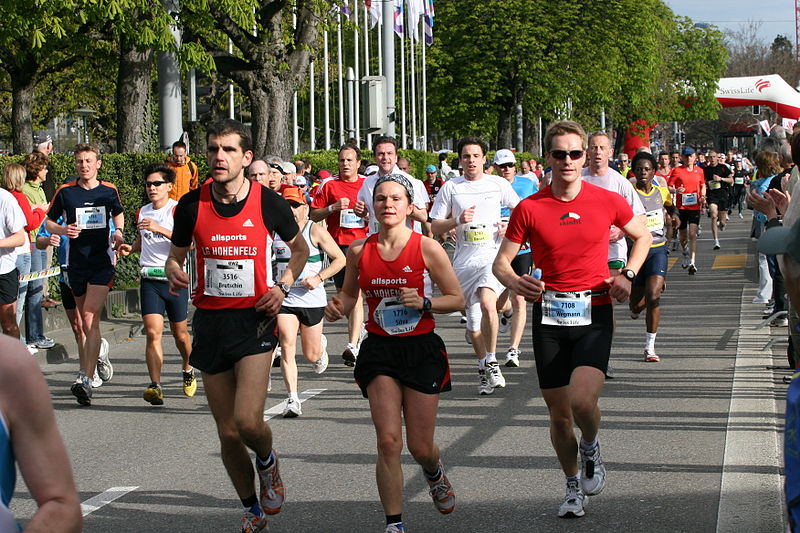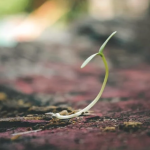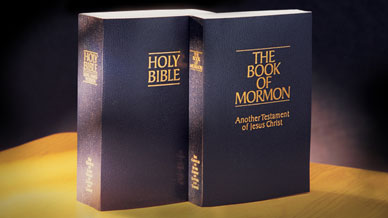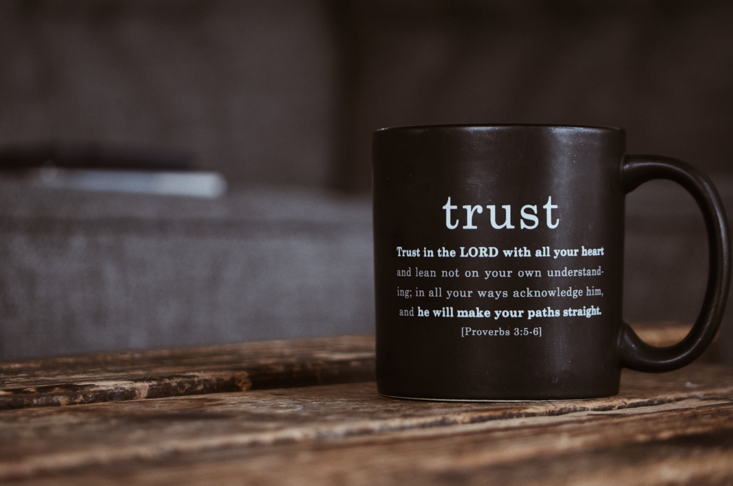~by Michelle
Along with many of you, I have watched in horror as I have seen news reports and Facebook photos of the devastation that ripped across the Midwest in the United States this week [if that link works, it shows some photos of an LDS church building in Joplin that was destroyed]. There’s a helpless feeling as these kinds of natural disasters hit and affect so many lives.
I’m reminded of President Henry B. Eyring’s recent General Conference talk about turning sympathy into action.
So, what can we do to help those in need?
When a disaster strikes, obviously we can’t all be there in person to help people pick up the pieces of their lives. But we can send a little money to help with relief efforts.
I have sent donations to various organizations at different times, but at the top of my list is the LDS Humanitarian Aid Fund. 100% of donations go to help those in need. Not only do donations help in times of natural disaster, but they also help in an ongoing effort to help people worldwide who are living in poor conditions to have a better life.
In terms of emergency response, this article by Michael Otterson talks about the efficient and effective way LDS Humanitarian Services uses donated funds and on-hand supplies (and amazing distribution and collaboration systems) to help people (see news stories on efforts in Haiti, Japan, after Hurricane Katrina, and with tornadoes earlier this year). Brother Otterson explains:
In infrastructure terms, Mormon humanitarian aid is warehouses and trucks, tents and chain saws, hygiene kits and canned food, generators and sleeping bags, flashlights and bottled water. The warehouses, which we call bishops’ storehouses, dot the country. Their more normal focus is on helping church members who are suffering from temporary food and commodity needs, but in a disaster they take on a much broader role, often serving as staging areas for relief efforts. Even before a hurricane makes landfall, trucks are loaded with relief aid at these regional depots and head to the expected disaster areas, where their contents will be needed and used by victims, Mormon or not.
The human side of the equation is the scores of Mormon work crews who typically converge on a disaster area from neighboring states to clean up, remove debris, repair homes and provide comfort. They are well coordinated with other relief services. They are self-motivated and self-managed, arriving with their own self-sustaining supplies in tow. Mormons who are not normally inclined to break their Sabbath day conventions by mowing their own lawns or visiting a supermarket on the Sabbath feel no hesitation in wielding a chainsaw to clear fallen branches from a hurricane victim’s damaged roof, Sunday or not. Service is every bit as much a part of their religious identity as sitting in a pew.
As mentioned, I am grateful to know that every cent I donate goes to help. I appreciate the way the Church coordinates with local relief agencies who are well-connected and -positioned to help in their local communities. And I know that the help will go to people, “Mormon or not.”
I know most people have their preferred charities at times like this, but if you haven’t ever considered LDS Humanitarian Services, take a few minutes to read a little more about them.
Most importantly, regardless of what charity you choose, I hope at times like this, those of us who are able can take a moment to share a little with those who have lost so much.













This was a great article. The LDS Church Humanitarian services are wonderful. We go in on every disaster around the world. You did a awesome post with great links.
I have been a little nervous this week because I have a daughter who lives in Missouri and another one that lives in South Dakota. We all need to continue to pray for those affected